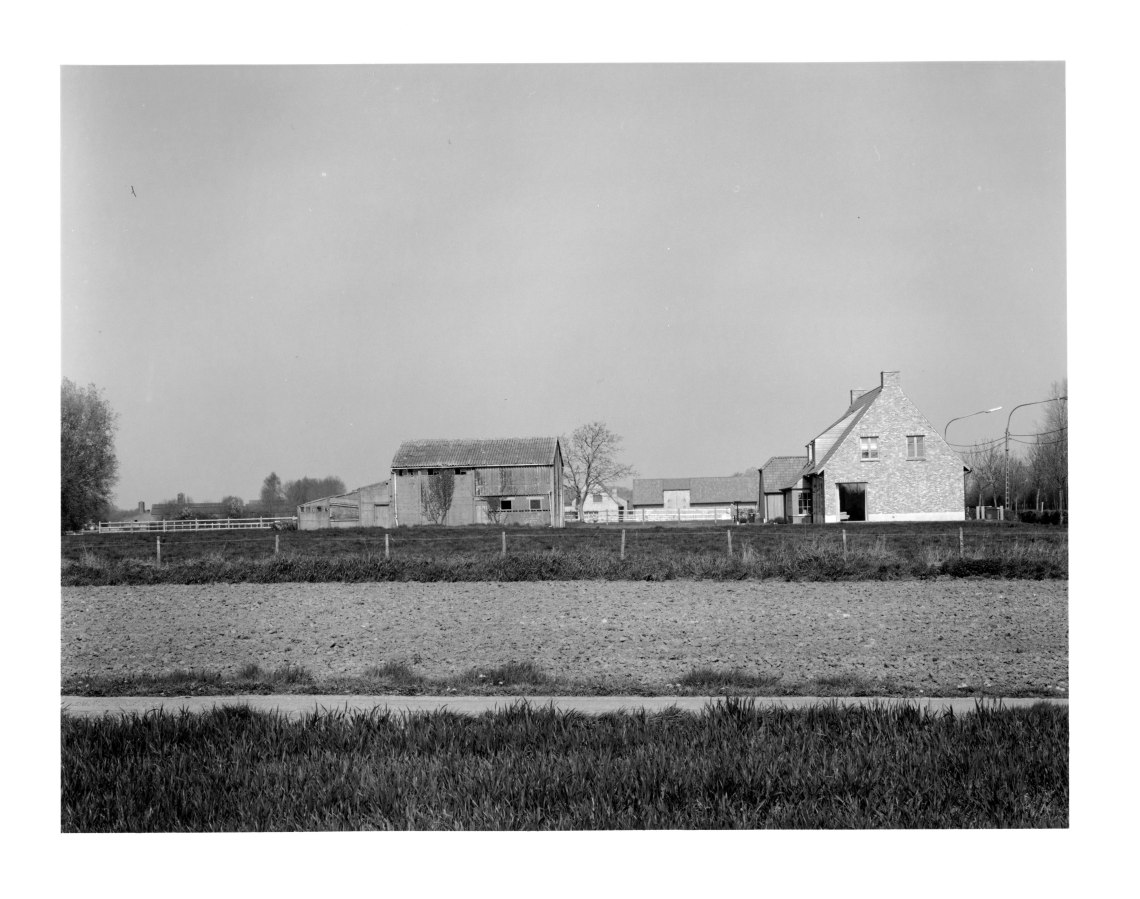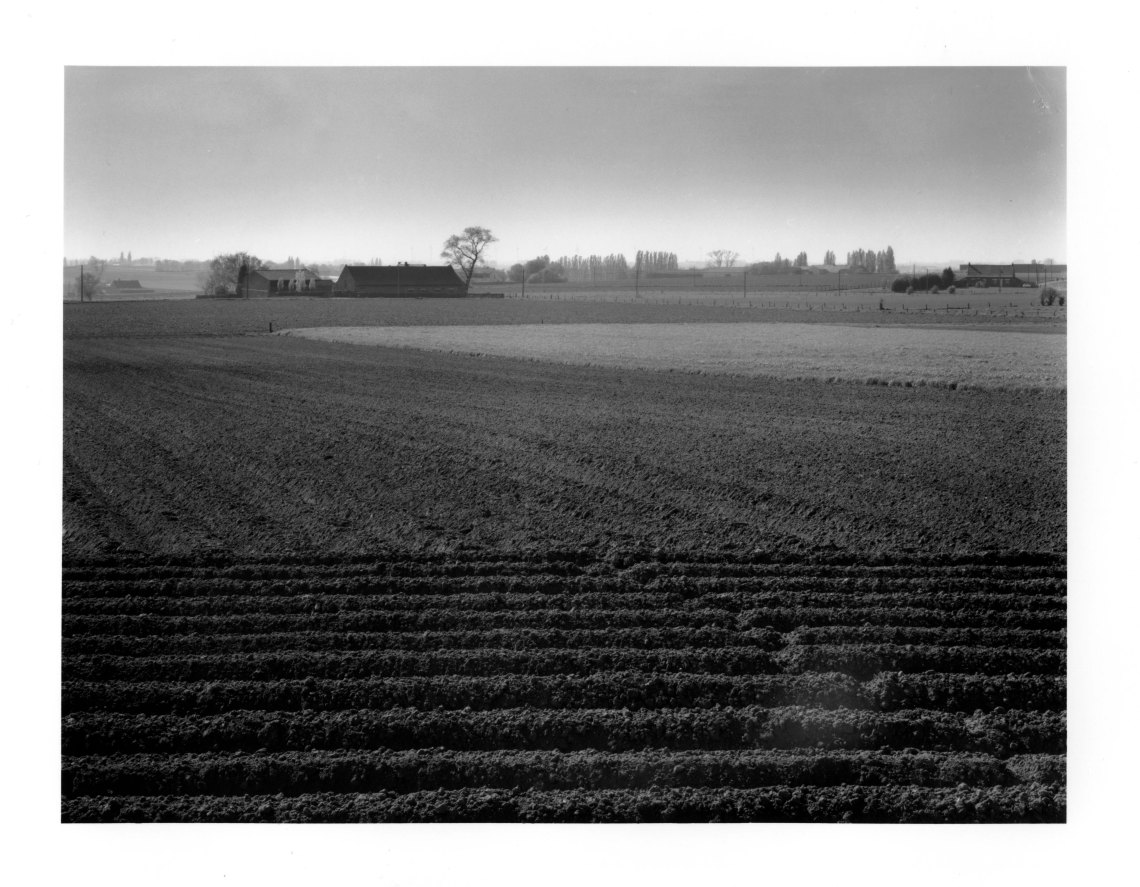The Large Format camera slows you down, it makes you look and see in unique way. The image is upside down and time spent under a dark cloth, alone takes you to a place of solitude, in a sanctuary. The world is dislocated, separated. there is time to contemplate, to remember, to pray.



- In 1917 it was like the surface of the moon. On the road out of Ypres and to the North the Salient reached out into the German lines and here, in this small space died British, German and French. Turning my back on the war graves and the reconstructed trenches I found myself in an industrial estate, pristine in the Spring sunshine. It was here the project took shape, it was here that I first asked the question “what lies beneath” .
How easy we forget, as cars thunder past – but it was only 100 years ago, in living memory for a handful.
The Canadian visitors overran Essex Cemetery to the North of Ypres. An invasion 100 years on. For it was here that Major John McCrae a Canadian Officer and Doctor wrote “In Flanders Fields” arguably the most famous and poignant of all WW1 poems. Across the Kanal Leper -Ijzer near where bridge No4 once stood – more modern pristine factory buildings. Incongruous in the sunlight ….but what lies beneath?

“A Salient is a piece of ground that protrudes into the enemy lines offering peculiar advantages and dangers to the defenders. The Hun can shoot right across it. A Salient is an awkward place”.
The Ypres Times Vol6. No1 January 1932

The Large Format Camera is unique in its ability to capture detail in a plane of focus from next to the camera to infinity. A slight forward tilt of the lens board, some readjustment of focus and the upside down view of the battlefield appears in stark relief.

The large format camera can capture detail from front to back or you can concentrate on a single area. Looking away from the 5,000 graves at the fields beyond a lone post with some barbed wire caught my attention. The post and the wire stopped the sheep from roaming.


With the Toyo 45A camera I stepped out of the back of this hellish place and gazed upon the setting sun across the fields of Passchendaele and made two last exposures.
To be continued……..




Andrew, very well done. So much information it’s hard to wrap my head around it all. How that many souls were lost in most horrible deaths & for what exactly? A very worth while project & well researched. Thank you for sharing your work.
LikeLiked by 1 person